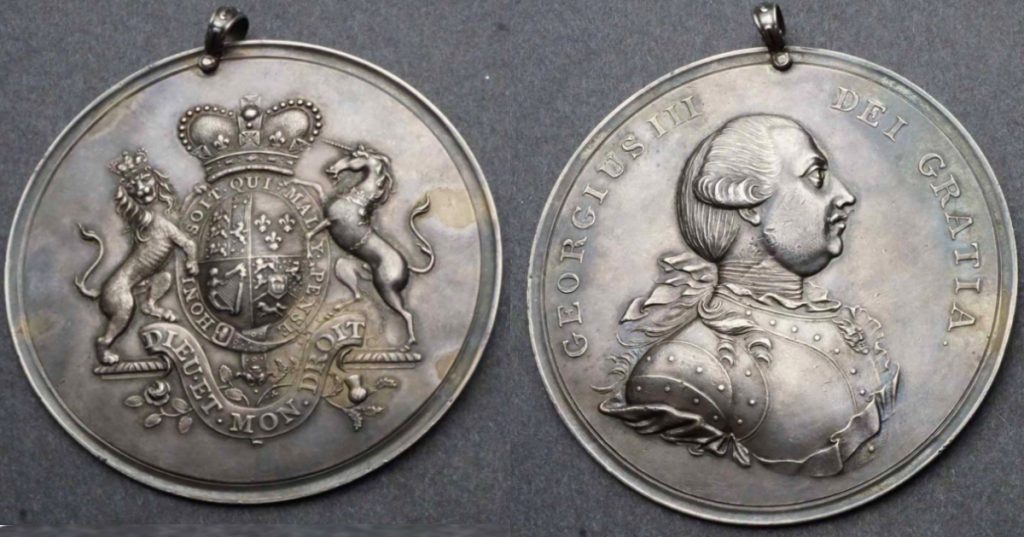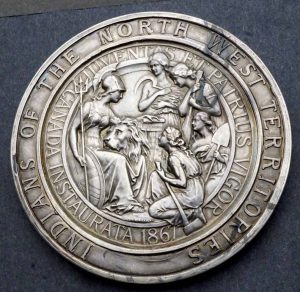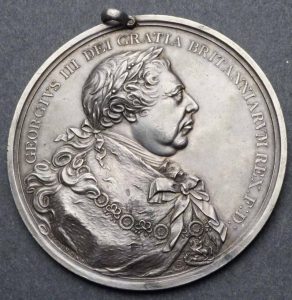By Jesse Robitaille
Assembled by the Séminaire de Sherbrooke over more than a century and described by auctioneers as an “extraordinary collection,” more than 600 lots of rare material are set to cross the block this September.
Hosted by Montréal’s Champagne Auctions, it’s the first of four offerings from the expansive collection put together by the long-running seminary’s abbots.
“I’ve been in this business for a while – I’m no youngster – and I’ve never seen anything like this,” said auction cataloguer Ron Seigler, of MTM International, another Montréal-based firm affiliated with Champagne Auctions.
Located at 195 Marquette St., the Séminaire de Sherbrooke dates back nearly 150 years, to 1874, when Monseigneur Antoine Racine was appointed as the first bishop of the new Diocese of Sherbrooke.
A year later, under Racine’s leadership, the Séminaire Saint-Charles-Borromée opened. He served as the first superior until 1878, around which time the seminary’s abbots began assembling a collection.
“The seminary’s first abbot was in charge and pretty well got to do what he wanted,” said Seigler, who added this interest in numismatics “passed down through the various abbots of the seminary through modern times.”
“The collection kept building over a century, and none of it was sold until now. It’s all what we might call ‘virgin material’ – it’s never been offered before.”

An 1872 Dominion of Canada ‘Chiefs Medal’ is expected to bring upwards of $9,000 as Lot 12 of the Sherbrooke Seminary Sale this September.
SEMINARY HISTORY
After expansions in 1878, 1883 and 1887, the seminary suffered from a fire in 1897. Reconstruction preserving the chapel was completed in 1899, and the new building – designed by Jean-Baptiste Verret – included a nine-storey tower.
At the time, the highest building in Québec was the 10-storey tower of the New York Insurance Company in Montréal.
Three years later, Louis St. Laurent graduated from the seminary. He would later become Canada’s 12th prime minister, serving from 1948-57.
After further expansions in 1913, the seminary ended its affiliation with Laval University in 1920 and began working with the Université de Montréal.
In 1954, the Séminaire Saint-Charles-Borromée became the Université de Sherbrooke, the first Roman Catholic and French-language university in the Eastern Townships region of southeastern Quebec; however, it was reverted to a seminary – this the Séminaire de Sherbrooke – by the end of the decade.
In 1969, the seminary began reporting to the Ministère de l’Éducation de l’Enseignement supérieur (Ministry of Education and Higher Education).
Today, however, it’s currently being used as a police academy, Seigler added.
“The priests are retired and need to be supported, so the people in charge of these goods decided to sell it,” he said, adding Champagne Auctions also sold the Seminary of Nicolet Collection in 2017.
1872 ‘CHIEFS MEDAL’
The two-session sale to be held Sept. 28-29 is highlighted by seldom-seen “Indian Chief” medals plus a range of British war medals.
Among the top highlights is an 1872 Dominion of Canada “Chiefs Medal” offered as Lot 12.
It’s one of only 25 pieces commissioned to be produced by Robert Hendry, a Montréal silversmith, to replace the “inferior stock medals originally presented to the chiefs of Treaties I (Anishinaabeg) and II (Muskego),” auctioneers said.
Though the medal is marked “Indians of the North West Territories” on the reverse outer ring, the people it’s referencing were in present-day southern Manitoba.
“The medals are impressive for their size; however, they are silver-plated copper electrotypes, with an extra ring added to the basic 1867 Confederation medals,” added auctioneers. “The obverse outer ring reads ‘Dominion of Canada Chiefs Medal 1872.’ They were also not well received, as the silver plating easily peeled off, and were themselves replaced the following year with a newly designed silver medal.”
With a production of only 25 pieces – likely the smallest production of any “Indian Chief” presentation medals issued in North America – the medals are rarely offered for sale.
Measuring 93 millimetres in diameter, 418.9 grams in weight and seven millimetres in thickness – not the 10 millimetres previously reported – this lot has an estimate of $7,000-$9,000.
UNDATED GEORGE III SILVER PEACE MEDAL
An undated George III large silver “Indian Chief” medal believed to be from the U.S. colonial period will be offered as Lot 10.
Featuring a cuirassed bust of the young King George III on the obverse and the Royal Arms on the reverse, the medal was officially pierced with a silver loop for suspension.
“There are different theories as to the dating of these medals, from as early as the 1760s to as late as the issuance of the 1814-dated examples,” said auctioneers, who added this example is “exceedingly rare.”
Measuring 76 millimetres in diameter and 109.8 grams in weight, this lot has an estimate of $6,000-$8,000.
1814 GEORGE III SILVER PEACE MEDAL
Another George III large silver “Indian Chief” medal, this dated 1814, is being offered as Lot 11.
“This medal was designed to be awarded to the chiefs of those First Nations – mostly from the American side of a border that, to them, had little meaning – who fought with the British during the War of 1812,” said auctioneers.
The obverse features the laureate bust of George III while the reverse features the Royal Arms with the date 1814 beneath. Again, the medal is officially pierced with a silver loop for suspension.
Measuring 75 millimetres in diameter and weighing 124.7 grams, this lot has an estimate of $6,000-$8,000.
THREE MEDALS, DIFFERENT BARS
The British Army Military General Service Medals (MGSM) was approved in 1847 and issued to officers and soldiers of the British Army the following year as a retrospective award for nearly 29 military actions form 1793-1814.
Each battle or campaign covered by the medal was represented by a different bar, some of which are offered in the Sept. 28-29 sale.
Among the highlights is an MGSM with a Fort Detroit bar and original ribbon. Awarded in 1848 to John C. Brush, of the 1st Essex Militia, the medal is being offered as Lot 5 with an estimate of $4,000-$5,000.
Another MGSM, this with a Chrystler’s Farm bar and original ribbon, was awarded to J. Williamson, sergeant of the Canadian Militia. Described by auctioneers as “a really beautiful example of this rare medal,” it’s expected to bring $4,000-$5,000 as Lot 6,
Rounding out the highlights is an MGSM with a Chateauguay bar and original ribbon. Awarded to P. Boisvart, of the Canadian Militia, it has an estimate of $4,000-$5,000 as Lot 7.
LOT VIEWING
Lot viewing will be held Sept. 26-29, opening at 10 a.m. each day and running until 8 p.m. on Sept. 26-27 and 12:30 p.m. on Sept. 28-29, followed by the auction at 1 p.m.
The second part of the Séminaire de Sherbrooke Sale will be held in early November and feature commemorative medals, with “very strong” sections of Canada and France, Seigler said.
Part three will offer world coins – “everywhere but Canada and the U.S.,” Seigler added – and part four will focus on tokens.
To place a bid, visit swappy.com/en/lives/auction/119-seminary-of-sherbrooke-coins-collection-session-1.




